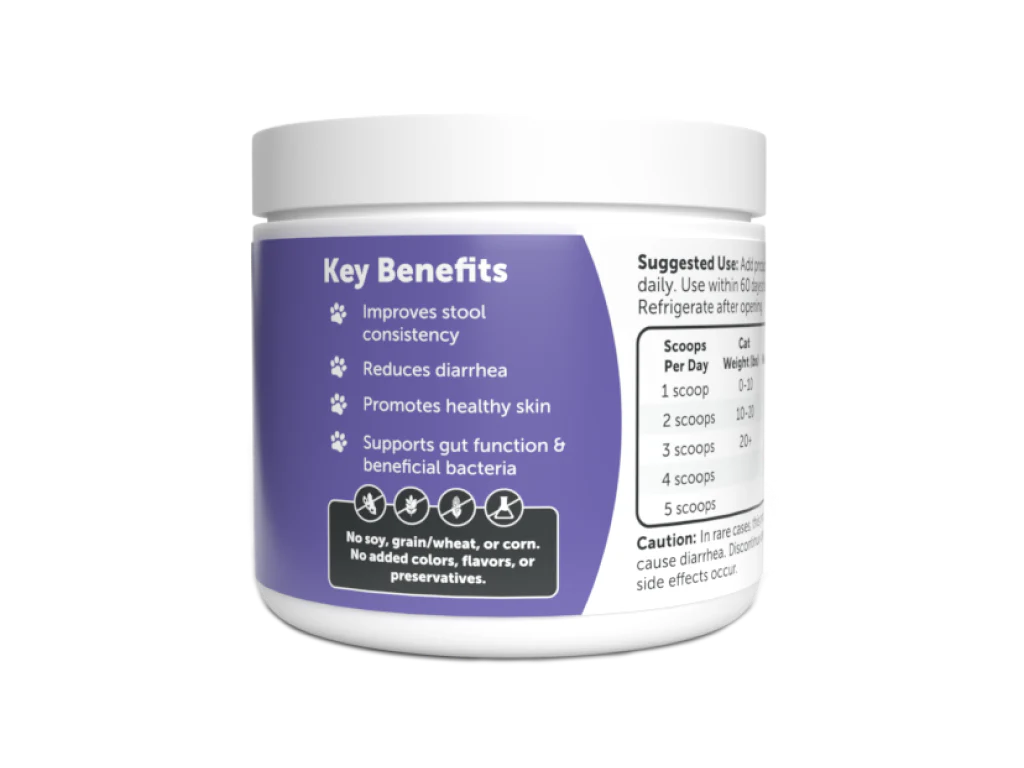Introduction: The Fascination with the Lie Detector
The idea of a machine that can determine whether someone is telling the truth or lying has fascinated the public for decades. Often glamorized in movies, used in criminal investigations, and even featured in daytime talk shows, the polygraph—commonly known as a “lie detector”—has become a symbol of uncovering hidden truths. But beyond the Hollywood dramatics and media sensationalism lies a serious scientific and legal question: how accurate is the polygraph test? Can it truly determine truth from falsehood, or is it more art than science? In this article, we will explore the mechanisms behind the Polygraph test accuracy explainedt, how it measures physiological responses, the role of examiners, and most importantly, what the research says about its accuracy and reliability. We will also look at its legal status, limitations, and potential future in various fields including law enforcement, employment, and even counterintelligence.
What Is a Polygraph Test and How Does It Work?
A polygraph test, often colloquially referred to as a lie detector test, is a procedure that measures and records several physiological indicators while a person answers a series of questions. The basic premise is that deceptive answers will produce physiological responses that can be differentiated from those associated with non-deceptive answers. These physiological indicators include heart rate, blood pressure, respiratory rate, and galvanic skin response (sweat gland activity). During a typical test, the examinee is hooked up to sensors that monitor these bodily responses, while a trained examiner asks a set of carefully structured questions. The polygraph records the physiological responses on a moving paper or digital chart, which the examiner then interprets.
There are three main types of questions in a polygraph test: relevant questions (pertaining to the issue under investigation), control questions (used to establish a baseline), and irrelevant questions (used to distract or relax the subject). The most commonly used method in modern polygraphy is the Control Question Test (CQT), where the physiological responses to control questions are compared to those from relevant ones. If the subject shows a stronger reaction to relevant questions, this could indicate deception. However, the interpretation of these responses is not straightforward and is heavily dependent on the examiner’s skill, training, and the specific methodology used.
The Science Behind the Polygraph: Measuring Stress, Not Lies
One of the most significant critiques of the polygraph test is that it does not actually detect lies—it measures stress. When a person lies, they may feel nervous, guilty, or anxious, which can trigger the body’s “fight or flight” response. This physiological reaction includes an increase in heart rate, blood pressure, respiration, and sweating—all measurable indicators that the polygraph captures. However, this response is not unique to lying. A person who is telling the truth may also experience these reactions if they feel nervous about being tested, fear being disbelieved, or are simply anxious by nature.
This inherent limitation introduces a high potential for both false positives (truth-tellers wrongly identified as deceptive) and false negatives (liars not detected). Many factors, including personality traits, mental health conditions, medications, and even the examiner’s demeanor, can affect physiological responses. For example, a sociopath might lie without any detectable stress, while a highly anxious but honest individual may appear deceptive due to heightened stress responses. Therefore, the polygraph measures arousal or stress levels, not deception itself.
How Accurate Is the Polygraph? Examining the Data
Accuracy in polygraph testing is a contentious topic, with reported rates varying widely depending on the source. Proponents of polygraphy, such as professional examiners and certain government agencies, often cite accuracy rates between 80% and 90%. However, independent scientific reviews paint a more cautious picture. The most comprehensive analysis comes from the 2003 report by the National Research Council (NRC), which concluded that while polygraph testing can discriminate between truthful and deceptive individuals at rates better than chance, it is far from infallible. The NRC found that accuracy levels under controlled conditions ranged from 70% to 90%, with a significant margin of error.
Furthermore, in real-world scenarios, where conditions are less controlled and examinees may be more motivated to deceive or overly anxious, accuracy rates can drop substantially. A key issue is the lack of standardization across examiners, protocols, and equipment. Unlike blood tests or DNA evidence, polygraph results can vary depending on who administers the test and how it is interpreted. Even among trained professionals, the interpretation of polygraph charts is somewhat subjective, making consistency a challenge.
False Positives and False Negatives: The Human Cost of Error
The consequences of polygraph errors can be severe. A false positive could lead to an innocent person being accused of lying, facing job loss, legal action, or social stigma. On the other hand, a false negative could allow a deceptive individual to pass the test and escape accountability. In law enforcement, this could mean a guilty suspect evading charges. In counterintelligence, it could mean a spy slipping through the cracks. The possibility of such errors raises ethical and legal concerns about the use of polygraph tests in high-stakes situations.
Some well-known cases highlight these dangers. For example, Aldrich Ames, a former CIA officer who was actually a Soviet spy, passed multiple polygraph tests before eventually being caught. Conversely, individuals have failed polygraphs and faced significant consequences, only to later be proven truthful through other means. These cases underscore the polygraph’s unreliability as a sole indicator of truth.
Legal and Institutional Use: Admissibility and Regulation
The use of polygraph tests varies significantly by country and legal system. In the United States, their admissibility in court is limited and largely determined by jurisdiction. The U.S. Supreme Court has not made a definitive ruling on the admissibility of polygraph results, leaving it up to individual states. Many courts reject polygraph evidence outright due to concerns about its reliability and potential to prejudice a jury.
However, outside the courtroom, polygraphs are still widely used. Government agencies, especially in law enforcement and intelligence, employ them for pre-employment screening, security clearance evaluations, and internal investigations. Despite controversy, agencies like the FBI, CIA, and NSA continue to use polygraph tests as part of their vetting processes. In the private sector, the Employee Polygraph Protection Act of 1988 limits the use of polygraphs in employment settings but allows some exceptions, particularly in security and pharmaceutical industries.
Countermeasures and Evasion Techniques: Beating the Test
Another factor that complicates the accuracy of polygraph testing is the potential for countermeasures. These are tactics used by examinees to manipulate their physiological responses and beat the test. Common countermeasures include controlled breathing, mental arithmetic, biting the tongue, or tensing muscles during control questions to create artificial reactions. While trained examiners are taught to detect such techniques, experienced or well-coached individuals can still succeed in evading detection.
There is also growing online literature and communities dedicated to teaching people how to “beat” a polygraph, making it increasingly difficult for examiners to rely solely on the test’s results. This highlights a crucial vulnerability in the technology—if the test can be manipulated by human behavior, its scientific credibility is significantly undermined.
Alternatives to the Polygraph: The Search for Truth
Given the limitations of the polygraph, researchers have explored alternative lie detection methods that may offer greater accuracy and objectivity. One promising area is brain-based technologies, such as functional magnetic resonance imaging (fMRI), which can identify patterns of brain activity associated with deception. However, these technologies are expensive, not yet fully validated, and raise ethical concerns about cognitive privacy.
Other methods include voice stress analysis, eye-tracking technology, and artificial intelligence algorithms that analyze micro-expressions or speech patterns. While these tools show potential, none have yet demonstrated sufficient reliability to replace or even consistently outperform the polygraph in real-world conditions. Nonetheless, they represent a step toward more objective and scientifically grounded deception detection methods.
Public Perception and Media Influence: The Myth of the Lie Detector
Public perception of the polygraph is often shaped more by entertainment than science. In movies, TV shows, and novels, lie detector tests are portrayed as definitive, dramatic tools that reveal the truth in moments of tension. This portrayal has contributed to a general overestimation of the polygraph’s capabilities. Surveys have shown that many people, including jurors and law enforcement officials, believe polygraphs are more accurate than they actually are. This belief can influence decision-making in ways that are not always justified by scientific evidence.
Moreover, the term “lie detector” itself is misleading. It implies a level of certainty and objectivity that the polygraph does not possess. This misrepresentation can lead to misplaced trust in the results and undue pressure on individuals to “prove” their honesty through a test that is far from foolproof.
READ MORE : https://sgmenuprices.com/
Conclusion: A Useful Tool, But Not the Ultimate Truth-Teller
In summary, the polygraph test is a tool that can provide insights into a person’s physiological responses during questioning, but it is not a definitive detector of lies. Its accuracy is influenced by numerous factors, including the examinee’s psychological state, the examiner’s skill, the testing environment, and the specific methodology used. While it performs better than chance, it is not reliable enough to serve as the sole basis for critical decisions in legal or employment contexts.
The scientific community remains divided on the polygraph’s validity, and legal systems have generally taken a cautious approach to its use. Until more accurate and objective technologies are developed, the polygraph should be viewed not as a truth machine, but as one piece of a larger investigative puzzle. It can be useful when interpreted in conjunction with other evidence and used responsibly, but blind faith in its results can lead to injustice.
Ultimately, understanding the limitations and potential of the polygraph is essential for anyone involved in its use—whether they are law enforcement officials, employers, legal professionals, or individuals taking the test. Truth is a complex human construct, and no machine has yet proven capable of fully capturing it.



